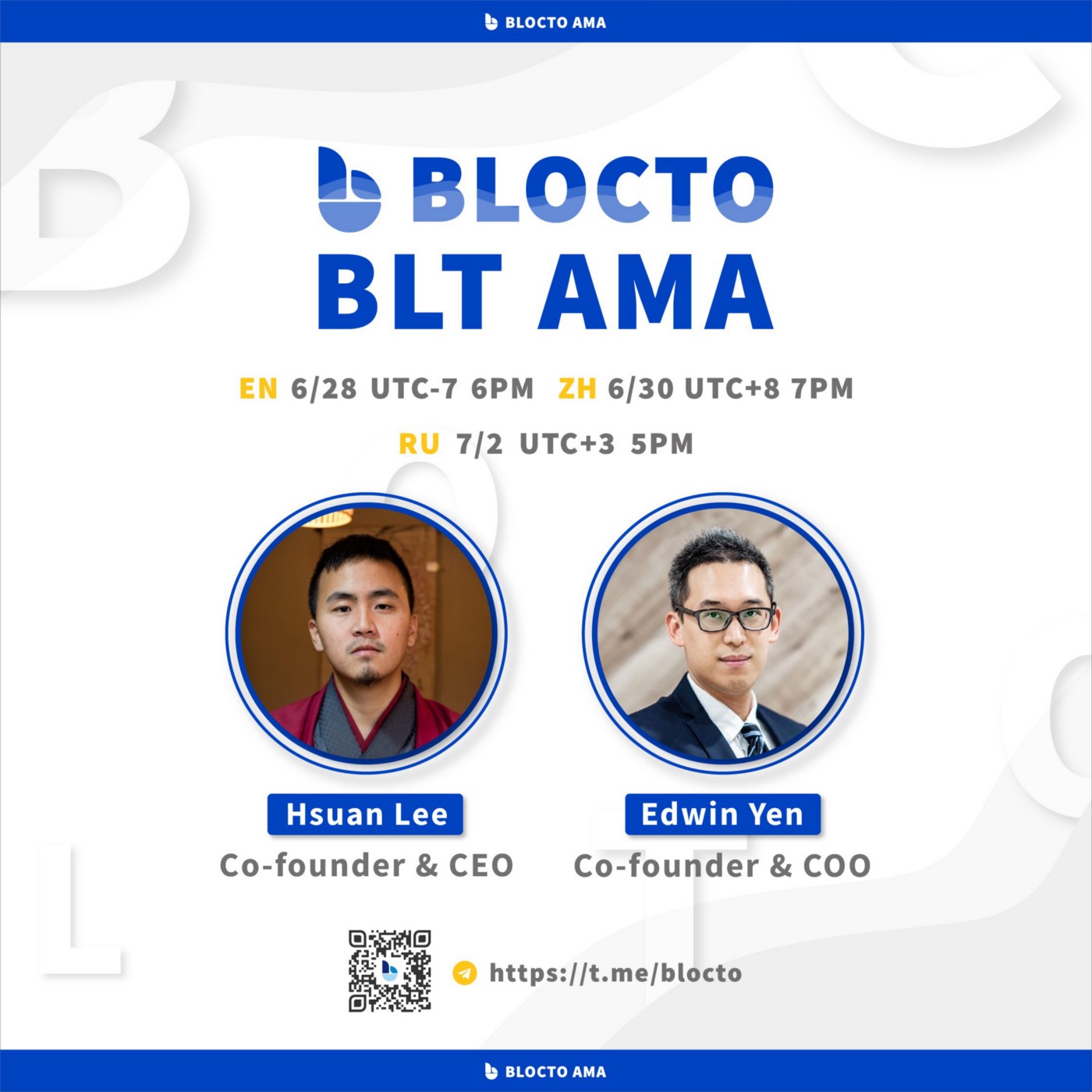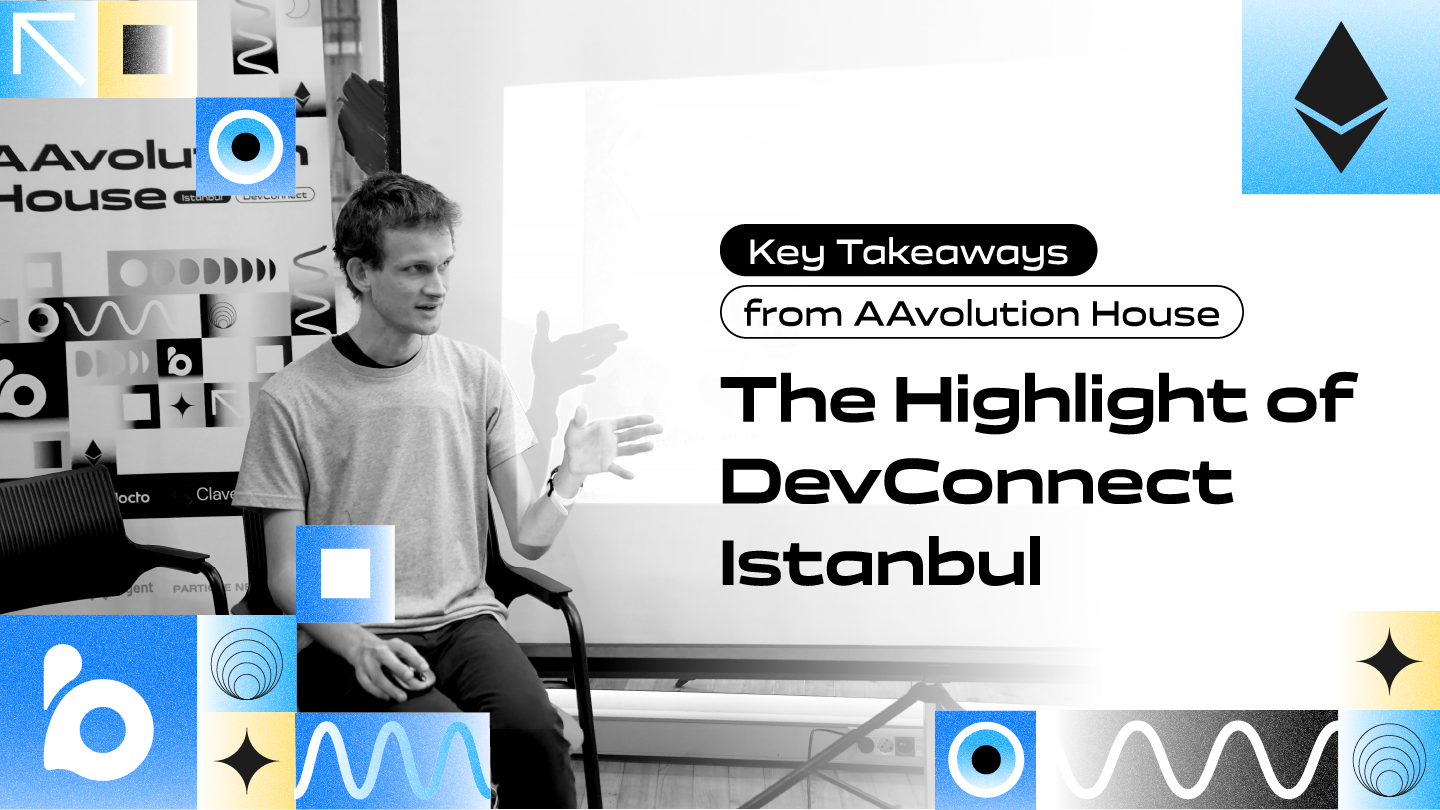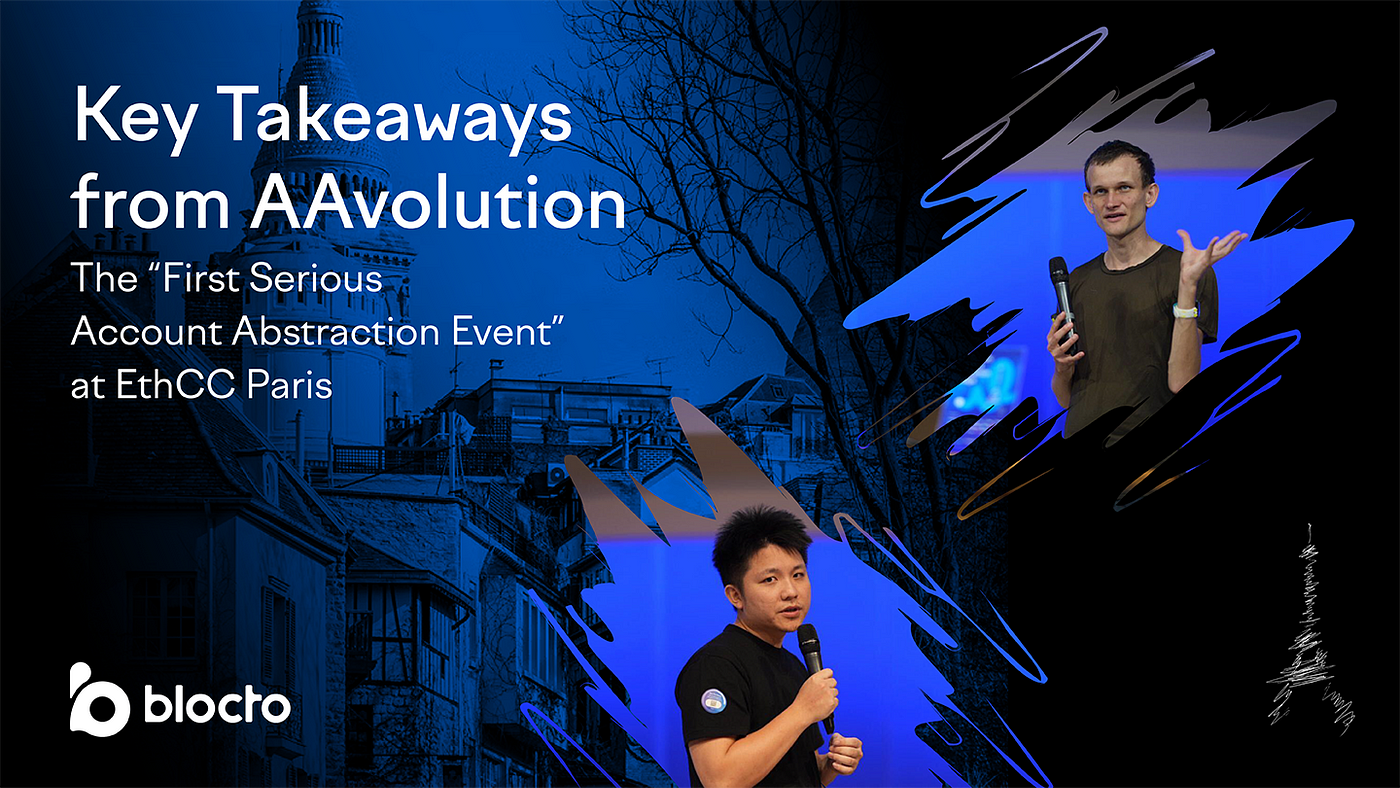
Blocto Team successfully held the Blocto and $BLT AMA on June 28th 6 p.m (UTC-7) discussing about Blocto’s crypto ecosystem. Thanks for your fullest support and participation! The following is the transcript for those who didn’t make it to participate in the AMA.
We suggest you go through these materials to better understand the AMA content.

Q&A From Team
Q1: First of all, please briefly introduce the Blocto Team to our friends in the community.
Blocto Team members have 4+ years of experience in the Blockchain industry. Most of us have worked together in the biggest blockchain tech company in Taiwan.
We built a top-10-volume crypto exchange back in 2017. It was also rated the second most secure exchange in the world. In 2018–2019, we built one of the most efficient public chains that supported Ethereum smart contracts at that time (TPS 12,000).
Unfortunately, the company shut down due to a crisis between the founder and several investors.
After that, some former colleagues, including Edwin and I, established Blocto because we still believe in the long-term potential of the blockchain industry.
In 2019, layer 1 protocols, layer 2 solutions, exchanges, and DeFi applications were gradually growing. However, “user experience” was still the most intractable problem, a great barrier for newbies to interact with blockchains.
We focus on making the blockchain experience easy for users. Hence, we started building the Blocto Crypto Ecosystem. We are now doing good on Flow and have many partnerships going on with Solana and BSC. We are also working closely with other potential chains or applications to integrate with in the future.
Q2: What are the problems that Blocto is trying to solve?
As Hsuan mentioned earlier, when we started our business, we figured out that many infrastructures were gradually completed in the development of the blockchain industry.
However, there still lacks an easy-to-use entry: a simple enough wallet for all users on the market.
So we’ve been developing a focus on building a better user experience via lowering the user entry barriers: making it easier for people to interact with blockchains. Aside from the popular NFTs and the DeFi applications discussed a lot since last year, a wallet that’s also a browser with access to various dApps is our ultimate goal.
(BTW, we started in 2019 aiming for this goal!)
Besides the user experience, the recent boom of various public chains has resurfaced cross-chain difficulty for sophisticated blockchain users, and this is our next task to deal with.
Q3: Argent, the smart contract wallet without seed phrases, is backed up by Paradigm and is well known in the crypto world. What’s the difference between Blocto and Argent?
That’s a good one. A lot of users can’t really tell.
Argent wallet is doing very well, and it focuses more on asset management such as staking, liquidity mining, and other DeFi integrations.
While we focus more on not only DeFi applications but also dApps such as NBA TopShot, Dark Country, and MotoGP.
In terms of experience, Argent focuses solely on mobile, while we provide both Web SDK and mobile experience. Our account system is directly integrated into websites or iOS / Android, providing a more native experience.
I believe some of you here have logged into MotoGP or DarkCountry the first time without download the Blocto App on your mobile phone haha
Also, Blocto realized the shortcoming of Ethereum to accommodate mass user adoption. Users will eventually distribute to other chains. We believe that the future is a parallel multi-chain world, and that’s why we’ve been working on cross-chain wallets from the beginning, which is a huge advantage compared to other wallets.
It is easier for us to accommodate our crypto ecosystem partners’ needs as well.
Q4: Unlike wallets, exchanges possess a clear business model. Wallet as a traffic portal is undoubtedly crucial, but the business model is indeed a process of exploration. Wallets are no less competitive than any other products. What does Blocto think about the evolution of the wallet business model?
That’s a good one for a COO.
Few wallets in the market have mapped out a sustainable business model, and we’re certainly still in an exploring process.
Take Flow as an example; we offer staking and cross-chain services to users exchanging for a fee. This model has worked quite well so far.
(Even though we’re providing the lowest fee rate in the world.)
We hope to do the same for other chains, such as Solana, which has a recent surge in users.
We find that it’s not easy to see a public chain encompassing all the applications our users want in the current development of blockchain.
We aim to provide corresponding services between different chains in the future so that more applications can be integrated.
In short, our business model is built upon the in-house developed blockchain services.
Q5: Moving on to Blocto Wallet itself, what are the advantages and features of Blocto Wallet?
To put it simply, we want to be the “Steam” for blockchain applications.
For users, we provide a portal for blockchain applications so that they can not only easily manage their cross-chain assets but also discover other interesting applications in a jiffy.
We also provide various advanced and unique features:
- Switch to non-custodial mode with direct access to private keys
- Pay the network fee with Blocto points or other stablecoins in your wallet
- Support for senseless cross-chain
- Support NFTs on Flow.
We currently work with various dApps such as NBA TopShot, MotoGP Ignition, Versus, Dark Country, etc., on the Flow blockchain. We offer the most user-friendly experience for these apps:
Users don’t have to download a web extension, jot down their private keys or purchase native tokens for gas fee. After registering your email through Blocto, you can enjoy the blockchain world entirely through our account system and points.

For instance, several weeks ago, the MotoGP pack pre-sale went live and was flooded with tens of thousands of users in the first few hours. Almost no one had trouble creating wallets through our account system.
We currently have 90% of the app users and 70% of the staking users on Flow blockchain.
We are also working with several partners to bring this easy-to-use experience to Solana, BSC, and more public chain ecosystems.
Next, we will utilize the accumulated user base of each chain to acquire more people to join the Blocto’s crypto ecosystem with applications outside of the blockchain world. We then connect all the chains we support so that users can easily experience various services.
For example, a user can buy NBA TopShot card packs seamlessly with their assets from BSC, Solana, or Ethereum. Our users can use their assets across different chains interchangeably. Our biggest advantage is to build our cross-chain ecosystem and user experience: cross-chain is just a technical detail hidden in our underlying implementation.
Lastly, Our daily active users are about 10K. And 3K-5K is decent figures for a crypto wallet.
Q6:Blocto states that users don’t need to jot down the seed phrases or private keys to keep their assets safe. What’s the technique?
We provide both custodial and non-custodial key management in Blocto.
Our custodial key management service is built mainly on Google Cloud Service, and we currently use Google KMS for private key management. KMS itself already supports HSM signatures. We are also working with other t-sig multi-signature service providers to render an even more secure solution to all users.
To be honest, self management of private keys isn’t equal to security. On the contrary, there are more accidents of losing money when private keys aren’t properly secured. Self-management of private keys is a good tool, but it’s a riskier method to store your assets if not done properly.
Blocto users can enjoy the convenience of custodial mode in the beginning. It would be too difficult for users to learn the private key mechanism and understand the signature system if the user does not have any assets in the account at the beginning. However, once users are more familiar with blockchain and decentralized mechanisms, they can switch to non-custodial mode and manage their private keys on their own.
In short, users start light and learn gradually along the way.
By the way, we don’t deliver the private key directly to our users in the custodial -> non-custodial mode process because there is no way to verify whether Blocto has deleted the private key. Instead, we replace the account holder of the wallet in the smart contract with a new private key created by the user.
This is only possible because Blocto wallets are based on smart contracts.
Q7:After talking about the advantages and features of the Blocto wallet, another question is, what are the products Blocto has launched and expected to launch in the future?
Wow, that’s a big one!
We’ve published our white paper and one-pager here:
https://token.blocto.app/
For more info, you guys can check through the link.
I’ll explain a little bit about every product below.
BloctoSwap
So first, BloctoSwap. I suppose most of our users have used it before. It is a product similar to Uniswap as the name suggests. The special thing is that BloctoSwap is a DEX on Flow with Ethereum/Flow teleport. The Flow stablecoin FUSD is now also listed on our Swap.
Our daily trading volume is 500k — 2million USD before the FUSD integration with the tUSDT/Flow pair alone. Most if not all tokens issued on the Flow blockchain will be listed on Blocto Swap as well.
Blocto Balancer
Next is Blocto Balancer, a cross-chain version of the Ethereum Balancer. Blocto is a smart contract wallet that already supports Ethereum, Flow, Solana, BSC, and Tron and we’ll support more chains in the future. It is essentially a tool for users to make their own decentralized crypto ETF portfolio.
Blocto Auction House
In fact, it is a cross-chain NFT marketplace. As we have recently updated: Blocto can now display NFT on Ethereum/Flow at the same time.
We will develop a similar cross-chain exchange or auction mechanism in the future. For example, it’s theoretically doable if a user sells an NFT on flow blockchain and wants to take half of the SOL and half of the ERC-20 USDT…etc
Blocto Vault
The last but not least, is the Blocto Vault, which can probably be understood as a decentralized pool.
In the future, the fees obtained from our in-house products will be partly put into the Vault pool.
The assets in this pool will be a variety of assets across different blockchains. Anyone can put the Blocto Token they hold into this pool in the future, burn it, and then take out the assets in the pool in proportion to the BLT the user burned.
Q8:Briefly introduce to us a little bit about BLT utility.
Sure!
We have developed a mining program to encourage our users to interact with different applications through Blocto. Also, developers can integrate Blocto’s wallet to increase the speed of customer acquisition and reduce costs.
All of the above will be related to the mining/staking and utility of BLT.
Also, since we will launch the in-house dApps mentioned above, the BLT will be the utility/governance token among all of them.
Q9:Are you considering any Layer 2 Solutions or other cross-chain protocols?
In short, yes.
The ones that we are exploring at the moment are zkSync, Loopring, xDai, Polygon, Polkadot, Avalanche. These integrations will most likely be completed around Q3.
The big difference between us and other cross-chain products is that most of our users may not even realize a cross-chain action involved in their interaction.
Thus we provide a lower or even no friction for users to do cross-chain activities.
Q&A From Community
Q: There are some other wallets in the market aiming at the cross-chain market. What will be blocto differentials to these other wallets besides usability, and how will it attract other crypto ecosystem users? I’ve seen Flow users causing a lot of demand.
Actually, most wallets using the term “cross-chain” are really integrating different blockchains but not solving users’ real problems.
Such as gas fee: Imagine you have to keep ETH, FLOW, MATIC, SOL for all different chain interactions.
Not only to understand but also to acquire these assets BEFORE you interact with these dApps, that’s a huge entry barrier for users.
Also, they’re not providing the on-ramp for users. For example, if you’re a newcomer who wants to acquire MotoGP packs, you don’t really have to understand or download the wallet App in the beginning. That’s why we have the SDK while the others haven’t.
Q: Cross-chain needs to be established on different chains, and a certain amount of funds is required. How can the team overcome this?
There are 3 major components to build a cross-chain bridge:
1. tech — technical integration with different chains
2. demand — users looking to bridge assets across different blockchains
3. supply — enough liquidity to support the cross-chain activities
1 and 3 are easy. We have experience in building on different chains, and we have partners that can provide substantial liquidity. What most cross-chain projects that start from “tech” are lacking is the demand. With the cooperation with mass-consumer facing dApps across Flow, Solana, BSC, and other upcoming chains, we can accumulate substantial real users with real needs for bridging assets.
With demand in place and since it’s profitable, we already know teams that are interested in providing the liquidity for the bridges we plan to build.
Join our Social Community
Website: https://portto.com
Twitter: https://twitter.com/BloctoApp
Telegram Channel (EN): https://t.me/bloctoapp_official
Telegram group (EN): https://t.me/blocto
Discord: https://discord.gg/uqUXquM

